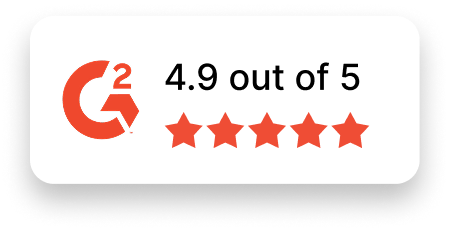Bioinformatics Specialist Job Description Template
Use this template to craft job descriptions for hiring Bioinformatics Specialists at various levels. Tailor it to meet your organization’s specific needs.
Job Title: Bioinformatics Specialist
Location: [Specify Location or Remote]
Job Type: [Full-time/Part-time/Contract]
About the Role
We are seeking a talented Bioinformatics Specialist to join our team and contribute to the analysis, interpretation, and visualization of complex biological data. You will leverage your expertise in computational tools and algorithms to support research and discovery initiatives, advancing our understanding of biological systems and processes. This role is ideal for someone passionate about solving challenging problems at the intersection of biology and technology.
If you thrive in a collaborative environment and are enthusiastic about unlocking insights from data, we’d love to hear from you.
Responsibilities
- Develop and maintain bioinformatics pipelines and tools for processing genomic, transcriptomic, and other biological datasets.
- Analyze and interpret large-scale biological data using computational approaches and algorithms.
- Collaborate with researchers and scientists to design experiments and provide data-driven insights.
- Integrate and manage biological data from various sources, ensuring accuracy and consistency.
- Visualize and present complex datasets in an accessible and informative manner.
- Troubleshoot and optimize computational workflows to improve speed and efficiency.
- Stay current with advances in bioinformatics methodologies, tools, and applications.
- Document processes, tools, and results to ensure knowledge sharing and reproducibility.
- Adhere to data privacy, security, and compliance standards in all work.
Required Skills & Experience
- Bachelor’s or Master’s degree in Bioinformatics, Computational Biology, Computer Science, or a related field (or equivalent experience).
- Proven experience working with bioinformatics tools, algorithms, and large biological datasets.
- Proficiency in programming languages such as Python, R, or similar.
- Thorough understanding of statistical and machine-learning methodologies applied to biological data.
- Familiarity with genomic technologies such as next-generation sequencing and microarrays.
- Experience with databases like NCBI, Ensembl, or UniProt, and tools such as BLAST or FASTQ.
- Strong problem-solving and analytical skills to interpret complex biological phenomena.
- Effective communication skills to convey data findings to both technical and non-technical audiences.
- Ability to work collaboratively in a multidisciplinary team environment.
Why Join Us?
- Meaningful Work: Make a tangible impact by contributing to groundbreaking research and discoveries.
- Career Growth: Enhance your skills and expand your career through cutting-edge projects and professional development.
- Flexibility: Enjoy options for remote or hybrid work based on organizational needs and personal preferences.
- Innovative Team: Collaborate with experts who are passionate about pushing the boundaries of bioinformatics.
- Inclusive Culture: Join a company that values diversity and is committed to fostering an inclusive and equitable environment.
Apply Now
Are you ready to turn complex data into meaningful discoveries? Join [Your Company Name] as a Bioinformatics Specialist and contribute to advancing scientific research. Apply today!

